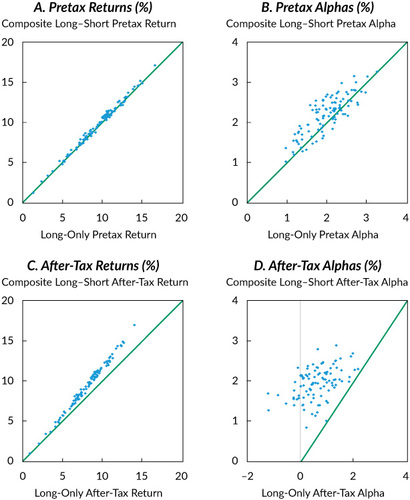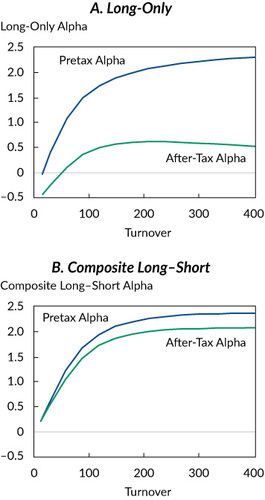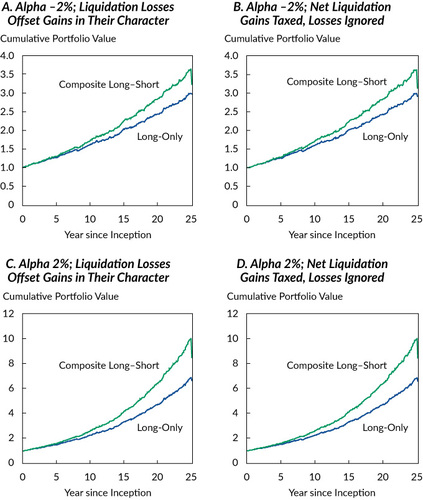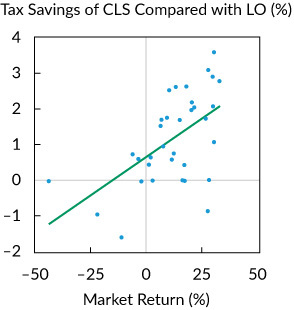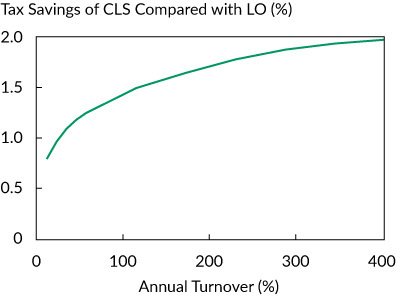Financial Analysts Journal
Volume 76, 2020 - Issue 1
Open access
12,092
Views
4
CrossRef citations to date
0
Altmetric
Articles
The Tax Benefits of Separating Alpha from Beta
Joseph Libermana Joseph Liberman is an associate at AQR Capital Management, Greenwich, Connecticut. https://orcid.org/0000-0001-8229-5882
https://orcid.org/0000-0001-8229-5882
Clemens Sialmb Clemens Sialm is a professor of finance at the University of Texas at Austin, a research associate at the National Bureau of Economic Research in Cambridge, Massachusetts, and an independent contractor at AQR Capital Management, Greenwich, Connecticut. https://orcid.org/0000-0002-5392-3963
https://orcid.org/0000-0002-5392-3963
Nathan Sosnerc Nathan Sosner is a principal at AQR Capital Management, Greenwich, Connecticut. https://orcid.org/0000-0003-2387-5726
https://orcid.org/0000-0003-2387-5726
Lixin Wangd Lixin Wang is a vice president at AQR Capital Management, Greenwich, Connecticut. https://orcid.org/0000-0003-2418-9621
https://orcid.org/0000-0003-2418-9621
Pages 38-61
|
Published online: 02 Dec 2019
Related research
People also read lists articles that other readers of this article have read.
Recommended articles lists articles that we recommend and is powered by our AI driven recommendation engine.
Cited by lists all citing articles based on Crossref citations.
Articles with the Crossref icon will open in a new tab.

